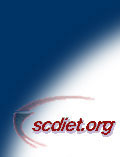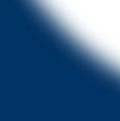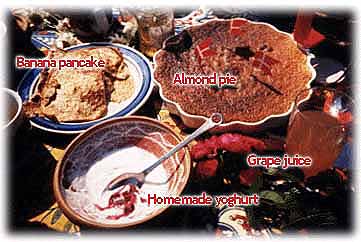

|
|
||
| SCD Recipes | ||
| Yoghurt | ||
|
SCD-legal yoghurt is delicious and easy to make! Refer to
page 131 of Breaking
The Vicious Cycle for complete instructions, and refer to annotated
SCD Listserve discussions below for more ideas and suggestions. |
 |
|
If there is any contradiction between instructions in Breaking the Vicious Cycle and any recipe in these archives, kindly adhere to what the book states.
| |
|
|
Excerpt
from a fax from Elaine Gottschall The second step is to introduce the bacterial cultures (usually Lactobacillus Bulgaricus and Steptococcus Thermophilus). At this point the acid/base - the pH of the milk - is much like human fluid, around 7.2-7.3 (almost neutral on the pH scale). The bacteria immediately start converting the lactose to lactic acid which is the primary step in making yoghurt. This brings the pH down from neutral to about 4.5 as the lactic ACID accumulates. (Acid lowers pH as our stomach acid brings the pH of our stomachs down to about 2). When the pH hits about 4.5, the bacterial enzymes cannot further convert the remaining lactose. Bacterial enzymes (as is true of all enzymes) are very fastidious as to the acid/alkaline enviroment. Because of the additional lactose added at the beginning of the process, the yoghurt often contains at this stage as much, and probably more, lactose than a glass of milk would. The companies
also use a very short incubation time which is not even sufficient
to convert normal milk lactose completely. |
| |
|
|
Opskrift på hjemmelavet yoghurt (how to make your own yoghurt - explained in Danish) The
book doesn't mention this but you really should boil everything
that comes in contact with the yoghurt for a few minutes. The same
principles as canning are applicable. If you are using plastic items,
you can use a dishwasher with a chlorine based detergent with the
heat set on high. Try to time your yoghurt making activity to when
the dishwasher cycle finishes. |
| |
|
|
There are several easy-to-use electric yogurt makers on the market. First and foremost, SCDkitchen.com (aka Lucy's Kitchen Shop) is one of the most popular online resources for the Yogourmet electric yogurt maker. Regarding the Yogourmet product:
For Europeans, there is Lakeland Plastics.
|